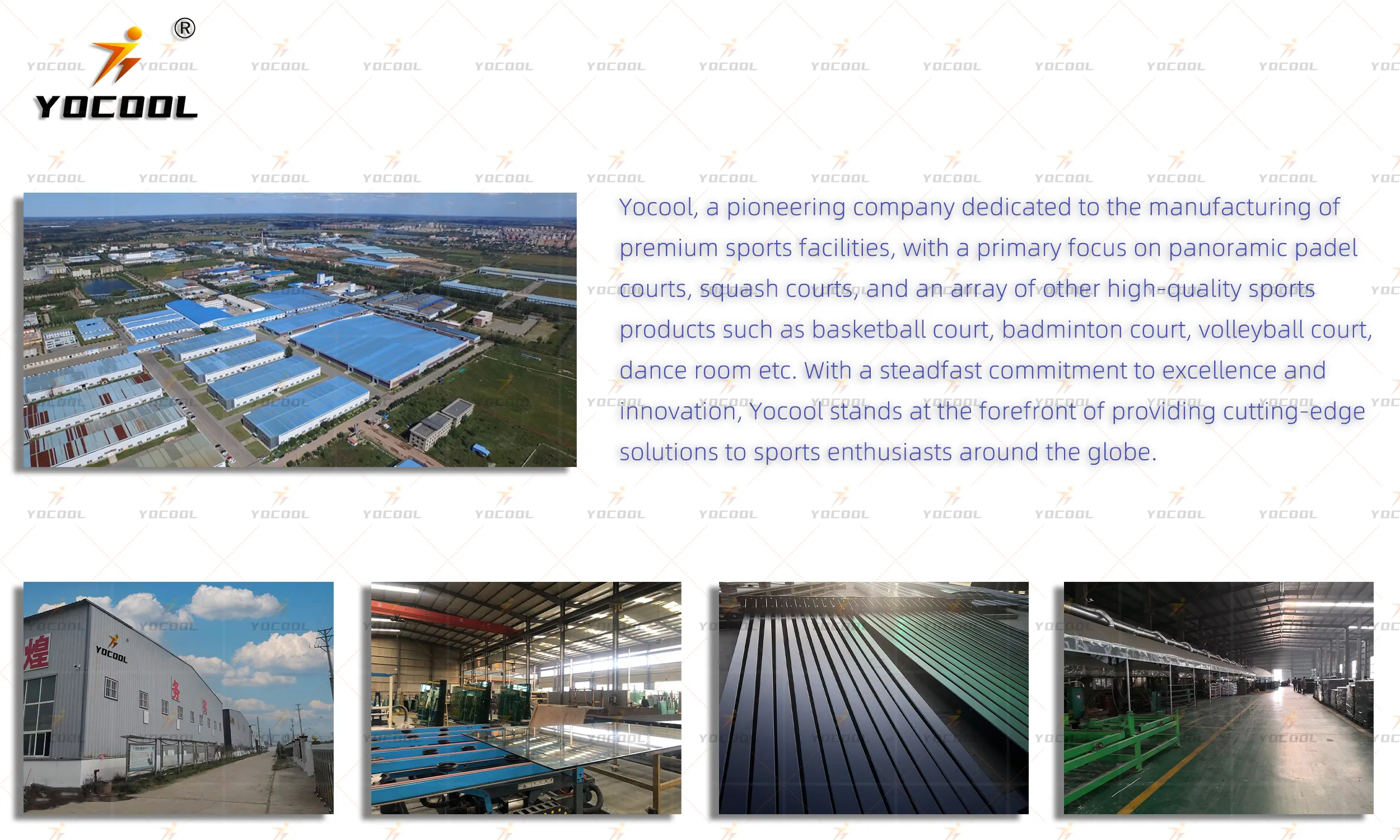

Building a Padel Court A Comprehensive Guide
Padel, a rapidly growing racquet sport, is a captivating blend of tennis and squash that has taken the world by storm. With its increasing popularity, many enthusiasts are considering the idea of building their own padel court. In this article, we’ll guide you through the essential steps and considerations for constructing a padel court, ensuring you create an ideal space for both fun and competition.
Step 1 Understanding Padel Court Dimensions
Before diving into the construction process, it’s crucial to familiarize yourself with the standard dimensions of a padel court. A regulation padel court measures 20 meters long and 10 meters wide. The court is divided by a net, and the walls are an integral part of the game, as players can use them to bounce the ball. The walls should be 3 meters high at the back and 4 meters high on the sides. It’s essential to allocate sufficient space around the court for player movement and safety.
Step 2 Selecting the Right Location
Finding the perfect location for your padel court is vital. Ideally, the site should be flat, well-draining, and provide enough space for the court itself as well as surrounding areas for players and spectators. Accessibility is another crucial factor—consider the proximity to public transport, parking facilities, and the local convenience for players. Additionally, check local regulations and zoning laws to ensure that constructing a padel court is permissible on your chosen site.
Step 3 Preparing the Ground
Once you have your location, the next step is to prepare the ground. This involves grading the area to create a level surface, which is critical for player safety and the integrity of the court. Adequate drainage is necessary to prevent water accumulation, which can damage the playing surface and make it unsafe. Installation of drainage pipes can be an excellent investment to ensure that rainwater is efficiently managed.
Step 4 Choosing the Court Surface

The surface material will greatly influence the playability and overall experience of the game. Options include artificial grass, concrete, or specialized padel turf. Many players prefer artificial grass for its cushioned feel and reduced injury risk. When selecting a surface, consider the maintenance required, the climate in your area, and your budget. Invest in high-quality materials to ensure durability and longevity of the court.
Step 5 Building the Court Structure
After preparing the ground and choosing the surface, it’s time to construct the court structure. This involves erecting the walls, net posts, and the net itself. The walls can be made from glass or solid materials. Glass walls not only provide visibility for spectators but also enhance the playing experience. Ensure that the walls are sturdy and comply with safety regulations. The installation of lighting is also essential for evening play; consider LED lights that are energy-efficient and provide adequate illumination.
Step 6 Adding Necessary Amenities
To enhance the overall experience, consider adding amenities such as seating areas for spectators, changing rooms, and restroom facilities. If you plan to host tournaments, having a small reception area or storage space for equipment may also be beneficial. Additionally, consider landscaping around the court to create an inviting environment.
Step 7 Maintenance and Management
Once your padel court is built, regular maintenance is crucial to ensure it remains in optimal condition. This includes cleaning the surface, checking for any damage to the walls or net, and addressing drainage issues promptly. Establishing a maintenance schedule can help prolong the life of the court and ensure that it remains safe for players.
Conclusion
Building a padel court is an exciting project that can bring countless hours of enjoyment for you, your family, and friends. By carefully planning the construction process—from selecting the right location and surface to ensuring proper maintenance—you can create a top-notch facility that not only meets your needs but also fosters a love for this dynamic sport. Whether you aim to play casually or competitively, a well-built padel court will surely enhance your game experience and contribute to the growing popularity of padel in your community. So, gather your resources, and get ready to serve up some fun on your very own padel court!
High-Performance Industrial Flooring Solutions China Paddle Tennis Court for Sale
High-Performance Industrial Flooring Solutions Durable & Cost-Effective
Homogeneous Transparent Floor – Durable & Stylish Rubber Floor Solutions
Premium Homogeneous Transparent Floor for Durable & Stylish Spaces Rubber Floor Solutions
Premium Sports Floor Solutions Durable PVC Sports Floor & Rubber Floor for Gyms
Durable Rubber Composite Floor Premium Rubber Floor & Mats Solutions